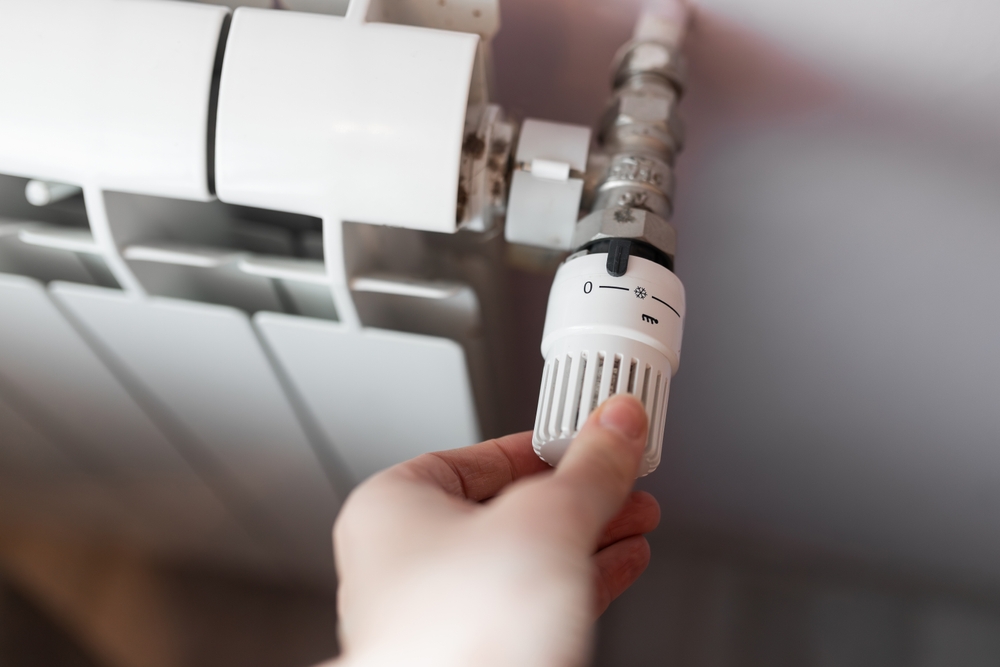How to fix a washing machine not draining

Why is my washing machine not draining?
Having a washing machine that won't drain can be a frustrating and inconvenient problem, especially when you have a pile of dirty laundry to tackle. When your washing machine fails to drain properly, it can lead to water pooling in the drum, leaving your clothes soaking wet, and preventing your laundry from getting clean. At BIG Warranties we’ve let our experts do the research, exploring common reasons why your washing machine might not be draining and providing tips on how to troubleshoot and potentially resolve these issues.
Remember, if you're unsure about any repairs, it's always best to seek professional help or check if your warranty covers such problems.
Common causes & resolutions
Clogged drain hose:
One of the most common reasons for a washing machine not draining is a clogged drain hose. Over time, lint, debris, and foreign objects can accumulate in the drain hose, blocking the water from flowing out. To check for this issue, follow these steps:
a. Unplug the washing machine and disconnect it from the power source.
b. Locate the drain hose, usually at the back of the machine.
c. Check for any visible blockages and remove them.
d. If necessary, detach the hose and clean it thoroughly.
Blocked pump filter:
The pump filter in your washing machine can become clogged with lint, hair, and other debris, preventing it from draining properly. To clean the pump filter:
a. Consult your washing machine's user manual to locate the filter (usually at the front or bottom of the machine).
b. Place a towel or bucket beneath the filter to catch any water that may spill out.
c. Unscrew or open the filter cover and remove any debris.
d. Once cleaned, reattach the filter cover securely.
Pump malfunction:
The washing machine pump is responsible for pumping water out of the drum and into the drain hose. If the pump is faulty or damaged, it may not function correctly, resulting in poor drainage. Signs of a malfunctioning pump include unusual noises during the wash cycle or water not draining at all. In such cases, it's best to contact a professional technician to assess and potentially replace the pump.
Imbalanced load:
Sometimes, an uneven or imbalanced load of laundry can prevent proper drainage. When the load is lopsided or too heavy on one side, the machine may struggle to distribute the weight evenly, causing the drum to tilt. This imbalance can interfere with the draining process. To prevent this issue, try to evenly distribute your laundry inside the drum before starting the machine.
Drain hose placement:
Ensure that the drain hose is correctly positioned. Ideally, it should be higher than the water level in the machine. If the hose is too low or inserted too far into the drain pipe, it can create a siphoning effect, where water flows back into the machine instead of draining out.
A washing machine that refuses to drain can be a headache, but many common issues can be resolved with a little DIY maintenance. Regularly cleaning the drain hose and pump filter, as well as being mindful of load distribution and drain hose placement, can help keep your washing machine running smoothly. However, if you encounter persistent drainage problems or suspect a malfunctioning pump, don't hesitate to contact a professional technician or check if your washing machine insurance covers the necessary repairs.
At BIG Warranties, we understand the importance of appliance reliability, and our comprehensive warranty plans are designed to give you peace of mind when unexpected issues arise.
Read more from us

How to prevent frozen pipes this winter

Winter appliance breakdowns and how to avoid them
